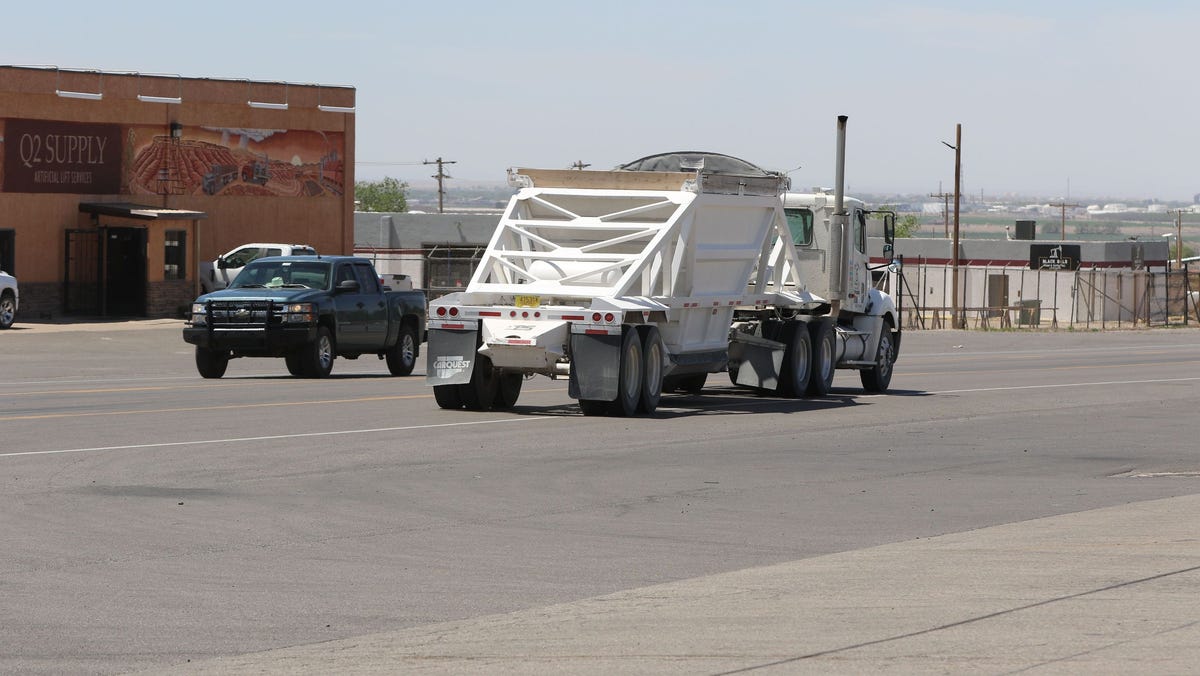The need for mental health resources, education funding, addressing the opioid crisis and amplifying the youth’s voices: Those were only some of the issues students discussed during a statewide conference in April.
Over 200 students attended the four-day-long Alaska Association of Student Government Spring Conference in Utqiagvik. Students debated resolutions, explored the town, went sledding and participated in cultural workshops making caribou soup, beading, sewing and Inupiaq drumming and dancing, said Magdelina Stringer, president of Barrow High School Student Government who helped put together the event.
“It was an amazing time and by the end of the conference, everyone really didn’t want to leave,” Stringer said.
:quality(70)/cloudfront-us-east-1.images.arcpublishing.com/adn/O5WONS2775GDDNXNSLXQI2ZL3E.jpeg)
:quality(70)/cloudfront-us-east-1.images.arcpublishing.com/adn/BYJE5NOFNBEH3FTH2KAKV4VITA.jpg)
The annual conference — which took place in Utqiagvik for the first time in over 20 years — brought together students from various regions, from the North Slope to Southeast Alaska.
Robyn Burke, president of the North Slope Borough School District Board of Education, gave a speech during the opening ceremony, thanking the delegates “for providing a rural voice because there hadn’t been a whole lot of rural participation before,” she said.
In previous years, Stringer said that many students from rural districts couldn’t attend the conference. When they did have a chance to come, they sometimes did not feel confident enough to participate in debates, she said. To address the issue, Stringer talked to the executive board and hosting committee to find ways to make the conference more inclusive and to encourage more rural representation. The North Slope Borough School District offered to pay for the registration fees for some of the rural districts.
“We should be able to represent not only urban students but also rural students,” she said. “For this conference, we had … almost every single school represented, which is something that we hadn’t ever seen before.”
Participation also grew, she said, with students from across the state willing to express their perspectives.
“It’s honestly kind of emotional to see that finally,” she said. “It felt like our voices are being heard.”
:quality(70)/cloudfront-us-east-1.images.arcpublishing.com/adn/CLKU6AXIZZCW5C6FLOQSYNM6PA.jpg)
Students passed 16 resolutions during the conference that called for Naloxone training in health classes, inflation proofing the base student allocation and supporting student rights. Barrow High School freshman Qilaavsuk Vadiveloo won the Resolution of the Conference award for her resolution, accessing funding for mental health resources in rural Alaska schools.
“All over America, high school students struggle with mental health issues, and I just think it’s very important to get those people care that they need, especially in rural areas, where there might not be as much support,” Vadiveloo said.
Stringer agreed: “We can’t really thrive in academia, or we can’t really thrive in general if our well-being is not up to par. And we don’t really have that many resources here in rural Alaska and in the North Slope for mental and behavioral health.”
In Utqiagvik, doctors and nurses often come up on a rotation, Vadiveloo said, and one idea she had was to invite mental health professionals to the schools on a rotation basis. Training students to talk to their peers would also be useful, she said.
Burke said that she often hears about the need for mental health resources during youth leadership events.
“Every single time the students have an opportunity to speak about issues that are impacting them across the state of Alaska, I feel like it always surrounds mental health and medical supports or mental health education,” Burke said.
Overall, participating in the conference and student government in general often inspire students to get involved and find their voices in leadership, Burke said.
Vadiveloo said she is considering pursuing an education in law or politics, something where she can make a difference in rural communities. For now, she is happy to be on the student council.
“It was nice being around other people who want to see change,” Vadiveloo said about the conference. “That’s why we’re there — to make our schools, and our communities, and our state better.”
:quality(70)/cloudfront-us-east-1.images.arcpublishing.com/adn/PAOWTKXYL5FFTO5YKZWNYWUARU.jpg)
For senior Stringer, the experience in student government led her to choose to major in political science in college and to apply to intern for Sen. Lisa Murkowski in June.
“I’m really passionate about advocacy and social justice and fighting for positive change, and I think all of that is because of my experience in AASG and student government,” she said. “It really helped me shape what I want to do.”









:quality(70)/cloudfront-us-east-1.images.arcpublishing.com/adn/7VBZBDHXBZGLXE5QKLPMAOECCM.jpg)





















